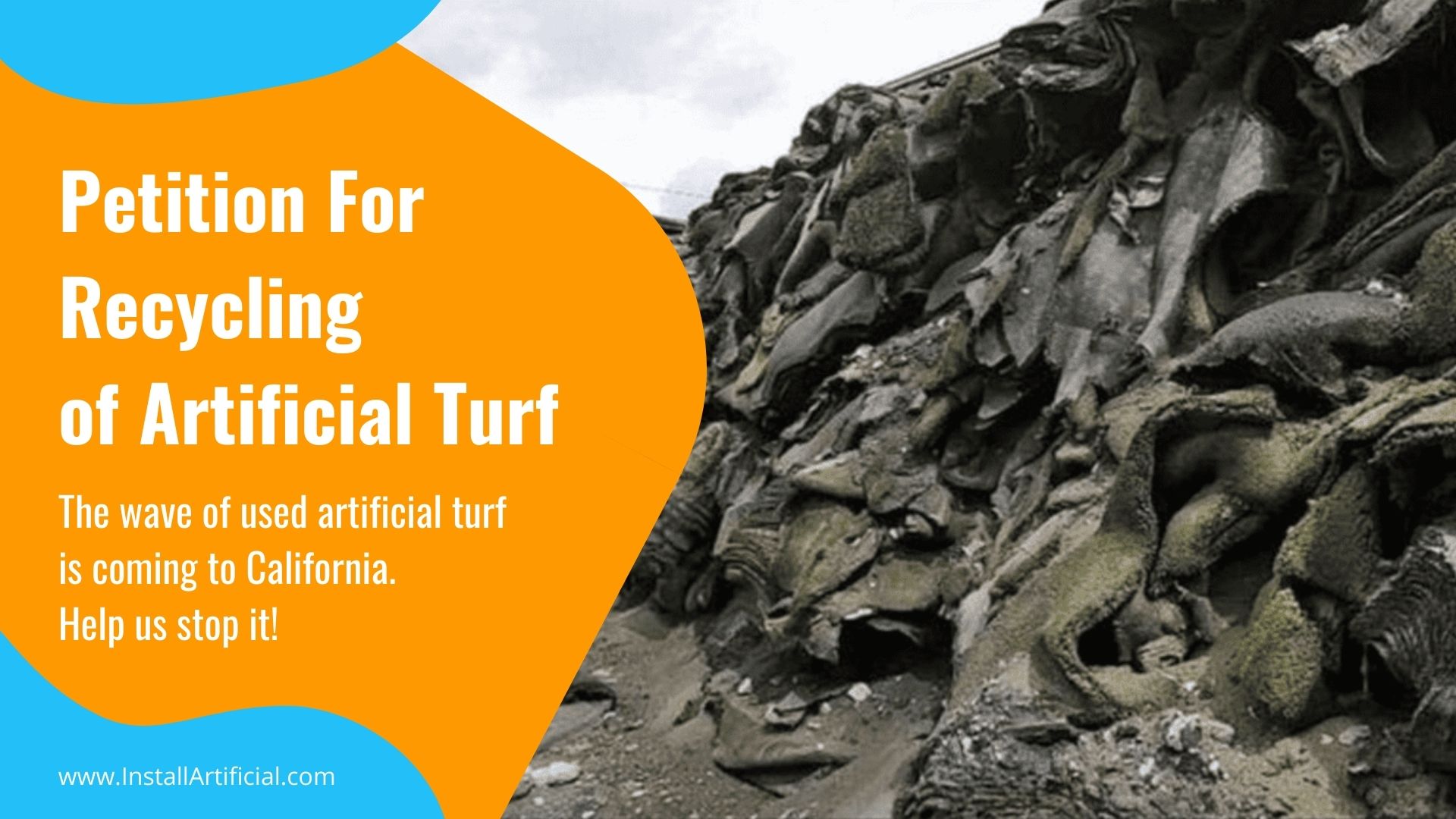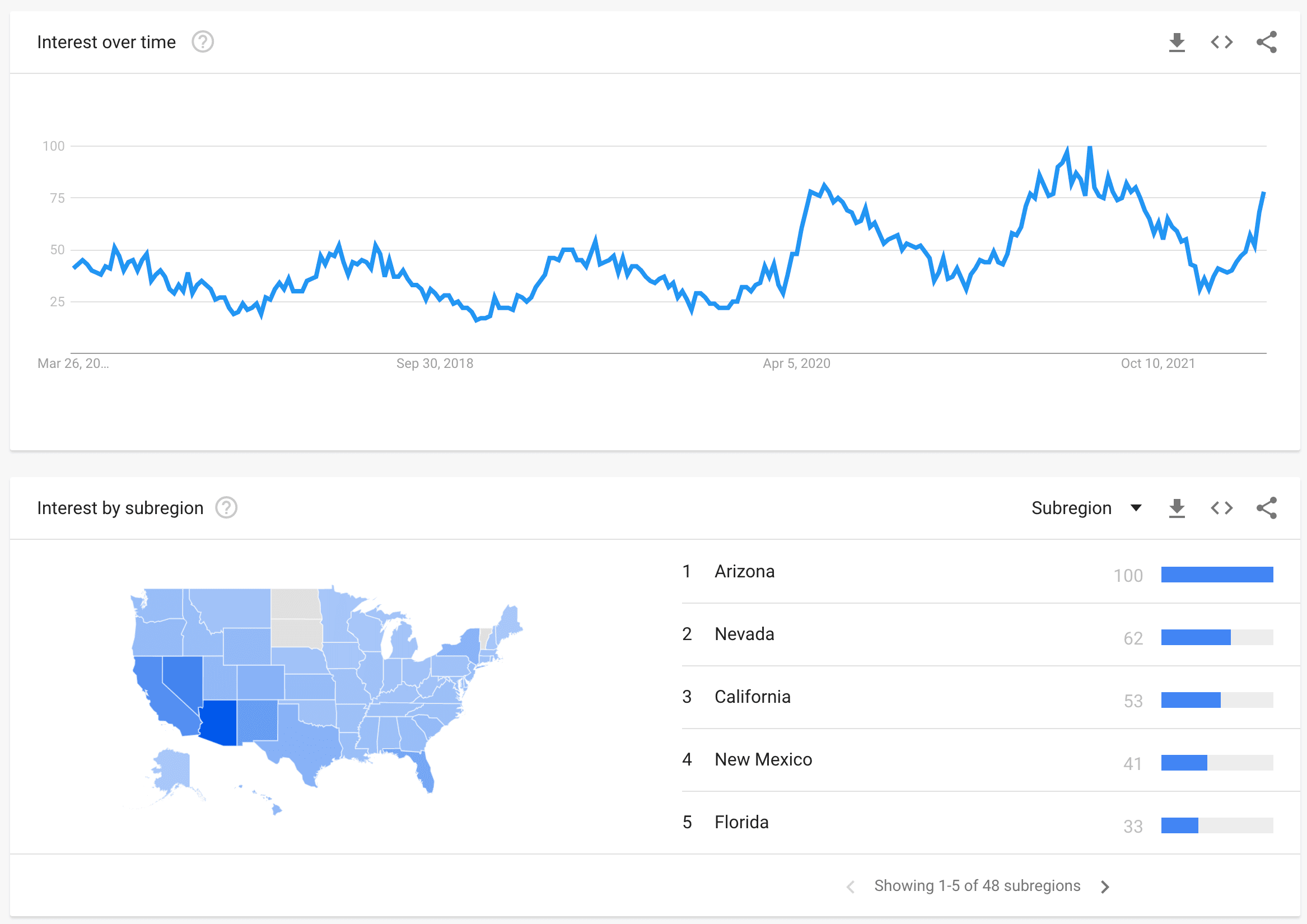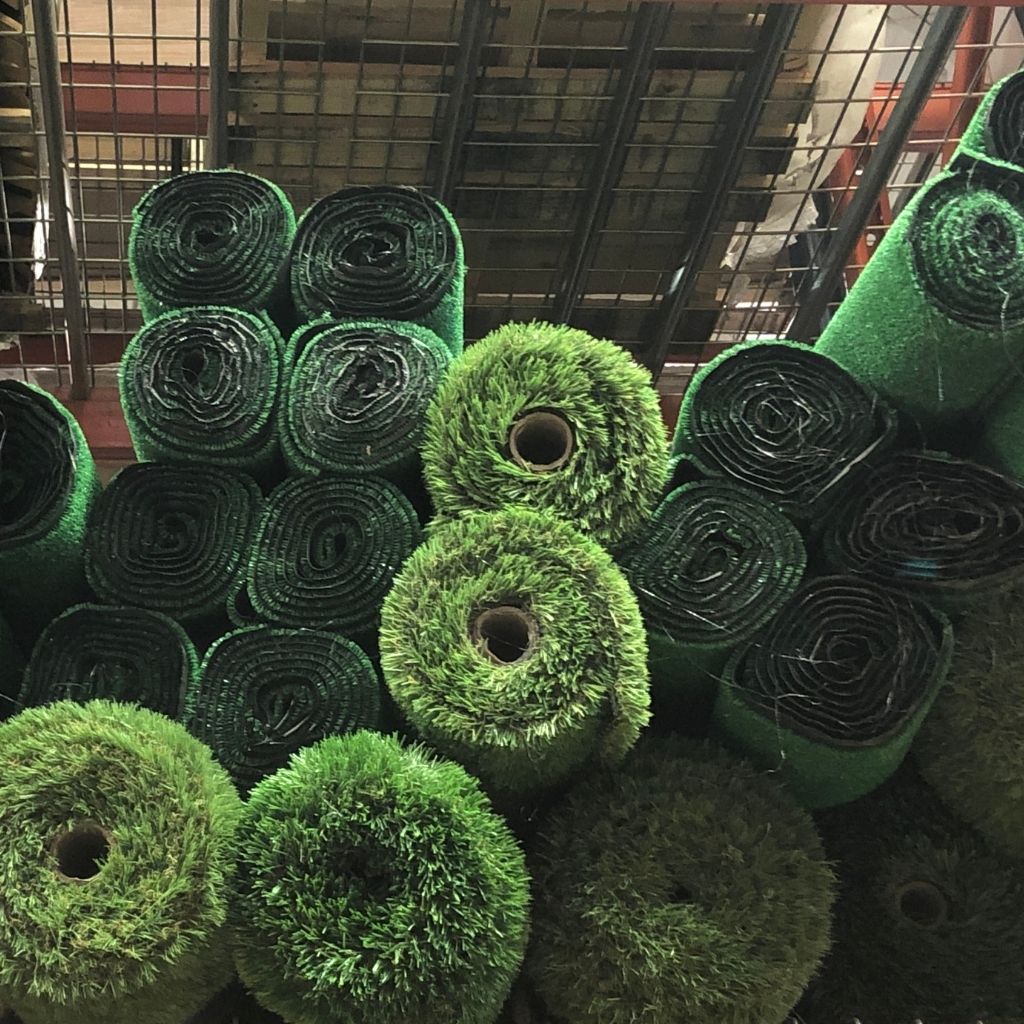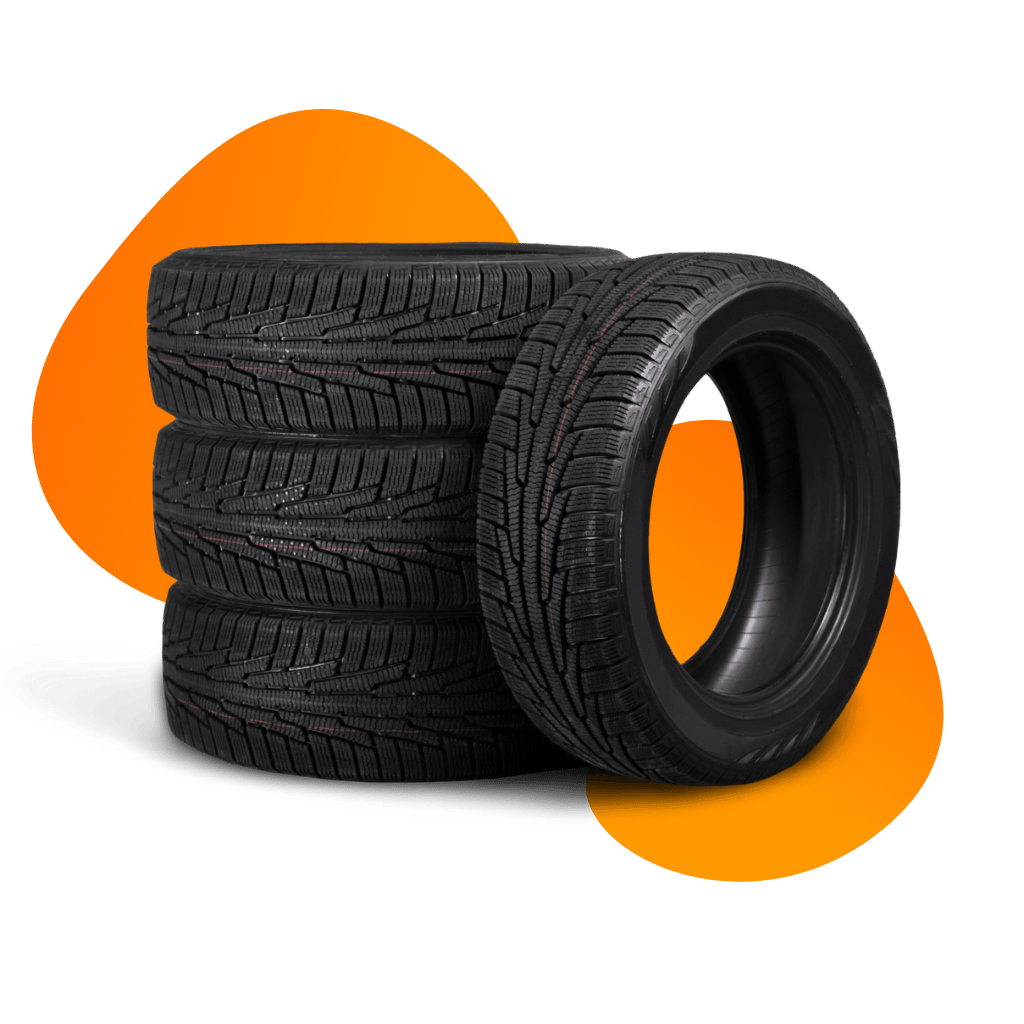Artificial Turf Recycling Initiative
Sign a petition Supporting Artificial Turf Recycling

California does not recycle artificial turf
Help us initiate a recycling program.
*Can you believe it? Neither could we.
30 seconds of your time will make a difference
Our Plan:
- Sign a petition to knock on the government doors.
- Gather data and prepare the package for review.
- Create a board to discuss an attainable solution.
- Fund and cold start artificial turf recycling initiative.
Supporting Information
How Much Waste Comes From Artificial Grass?
An average backyard with artificial grass generates waste equal to 7,000 water bottles. That is 45 years of plastic bottle use!
Supporting data and links.
- An average backyard in California is 1,650 sq. ft. In our experience, we typically see turf installs average around 1,000 sq. ft.
- On average, one person consumes 156 plastic bottles per year.
- The average weight of a water bottle is 9.25 grams.
- The average weight of artificial grass is 218 grams per sq. ft.
- The average life of artificial turf is about 8 years.

Turf Waste vs. Plastic Bottle Waste
Plastic Bottle Waste:
- According to CRI, more than 60 million plastic water bottles are thrown away in the US daily.
- 91% of plastic water bottles purchased end up in landfills or the ocean
Turf Waste:
- In 2017, STC projects that 750 sports fields will be replaced annually, creating 330 million pounds of waste stemming from sports applications alone. California accounts for 10% of this waste.
- We called 100 waste facilities in California and none have artificial grass recycling capabilities. 100% of artificial grass ends up in landfills or is dumped illegally.
These statistics are becoming increasingly more alike
Existing Turf Disposal Practices
- There are currently no federal or state regulations regarding the disposal of artificial grass with little effort from the turf industry to develop a solution
- Recycling efforts in the US are undeveloped and deemed too expensive according to industry reports
- The vast majority of old artificial grass is currently in landfills, ravines, deserts, and empty lots
- Turf resale has become more common but provides the same end result of being dumped illegally and in landfills

Proposed Recycling Solutions
We Don't Have to Reinvent the Wheel...
For every new tire purchase, there is a state-mandated environmental fee. These fees fund the research and development of recycling and reusing waste tires. Thanks to this recycling initiative, there has been a drastic decline of tires in landfills across the country.
-
20-30% retreaded for resale
-
60-80% distributed to recyclers for crumb rubber production, ground cover for playgrounds, surface materials for running tracks, etc.
-
10-20% used as tire-derived fuel
-
5-10% landfill
This type of recycling initiative can provide the same drastic results on the high volumes of artificial grass ending up in landfills!
Brands Participating in Recycling Efforts
The raw materials; such as backing, plastic fibers, sand, and rubber are then sold and used in new production cycles. Currently, there are no Re-Match facilities in the US.
With Goal Zero Field Turf is taking on sustainability! Their latest plan is to divert 100% of their turf waste in North America by 2025. They will also work to reduce as much waste as possible on-site, including a turf infill take-back program that will be rolled out in the next 10 years. They aim to eliminate waste from their processes.
Tencate is committed to making its turf systems fully sustainable, from the base to infills. They continue to research and implement new strategies in manufacturing to reduce waste. These include: using solar panels to warm up water, reusing water in the manufacturing process, and recycling internal and external waste.
FAQs & Publications
- Does artificial turf harm our planet?
-
The installation of artificial grass helps conserve water, reduces lawn maintenance needs, and lasts many years if taken care of. As technologies advance suppliers have sustainability in mind during the manufacturing process. However, much like tires, artificial grass is not a biodegradable consumer good. Because of this, without recycling initiatives in place, artificial turf will continue to fill up landfills at the end of its life cycle.
- How much turf in installed in the US every year?
-
According to IBIS world report, artificial turf industry is valued at $3 bn dollars. This equals to 8000 football fields of turf installed at $10 per sq.ft. in just 2021. However, this number could be 7 times greater if we calculate total volumes based on the average price of material at $1.5 per sq.ft.
Anyway, you can see artificial turf everywhere now. This is big! That is all we need to know if we want to make a difference to saving our planet.
Artificial Turf Recycling News & Publications
- TigerTurf recycling and sustainability initiative encourages customers to resell and recycle but offers no recycling programs themselves - Tiger Turf Sustainable Manufacturing
- STC pushes the burden of turf disposal and recycling onto project owners rather than developing an effective solution within the industry - A Guideline to Recycling Turf Systems
- FairWarning discusses the mounting disposal mess of artificial grass - Fields of Waste
- Amanda Farber discussing and debunking claims of recycling practices within the turf industry - Recycling Case Study
- York Daily Record dives into the dangerous pile-up of synthetic turf and its environmental effects. - Running out of Room

